Digital twin modeling is shifting from buzzword to everyday tool in industrial projects. At its core, a digital twin is a living, data-connected model of a real asset or process that you can monitor, test, and improve in near real time. It mirrors the physical system and updates as conditions change, which lets teams validate choices before anything is built and keep optimizing once the facility is live.
What It Means for Design Teams
In design, the power of a twin is simple: make better decisions earlier, with fewer surprises later.
- Layout and flow modeling. Test production lines, material paths, and staff movement to reduce bottlenecks before concrete is poured. Manufacturers use twins to validate systems and cut commissioning risk by proving throughput and takt time virtually.
- Right-sized building systems. Use the model to evaluate HVAC loading, ventilation strategies, and electrical capacity based on expected heat loads and duty cycles rather than broad allowances.
- Virtual commissioning. Connect controls logic to the twin and resolve faults before install. This de-risks start-up and shortens time to steady state.
- Predictive maintenance planning. Even during design, teams can plan sensor locations and data tags so operations can track asset health and schedule maintenance from day one. Twins support condition-based maintenance once the facility is running.
BIM vs. Digital Twin (And Why Both Matter)
BIM gives the project a coordinated, data-rich 3D model for design and construction. A digital twin extends that idea into operations by pairing the model with real-time data, simulations, and feedback loops. In short, BIM is the detailed plan, and the twin is the plan connected to reality over time. Using both improves decisions across the life of the facility.
Where Owners See Value
- Fewer change orders. Simulating flow and controls early exposes conflicts that would otherwise become RFIs on site.
- Faster ramp-up. Virtual commissioning and scenario testing reduce start-up hiccups.
- Lower OPEX. Ongoing twins help tune setpoints, schedule maintenance, and spot drift in energy performance.
- Better ESG reporting. A live model with metered data supports measurement of energy, waste, and uptime in one place.
What It Takes to Implement Well
- A clean data backbone. Decide tag names, units, and data ownership early. Map sensors and control points during design so the as-built model is “telemetry-ready.” Guidance from organizations like NIST emphasizes clear requirements, validation of models, and maintainable data flows.
- Discipline on scope. Start with the highest-value processes and assets. Expand after you prove outcomes on throughput, downtime, or energy.
- Open standards and handoffs. Align with emerging frameworks, such as ISO 23247 for manufacturing twins, to avoid lock-in and ease integration with MES and CMMS.
- A playbook for updates. Define who keeps the twin current when equipment changes, mezzanines move, or new lines are added.
A Practical Workflow We Recommend
- Target outcomes. Pick two or three KPIs to move, such as dock cycle time, line throughput, or kWh per unit.
- Instrument the model. Build a robust BIM, then layer in controls logic, sensor plans, and data tags for the future twin.
- Run scenarios. Simulate peak days, changeovers, and maintenance windows. Resolve conflicts before CDs.
- Design for operations. Reserve equipment zones, catwalks, and access clearances; plan network closets and cable trays with growth in mind.
- Commission virtually, then physically. Test PLC logic against the model, fix issues, then take those lessons to the floor.
- Close the loop. After go-live, connect the twin to live data and use it as a continuous improvement tool for reliability and energy.
Common Pitfalls to Avoid
- Building a beautiful model with no plan for data connections or ownership.
- Trying to “twin everything” at once instead of focusing on a few high-impact lines or utilities.
- Ignoring the controls team until late in design, which undermines virtual commissioning value.
- Skipping standards for tags and assets, which makes the twin hard to maintain.
The Bottom Line
Digital twin modeling helps teams prove layouts, de-risk automation, and hand over facilities that are easier and cheaper to run. Owners get clarity and control across the full lifecycle. Designers and GCs cut surprises. Operators gain a live tool for reliability and efficiency. That combination is reshaping how industrial projects get designed and delivered.


